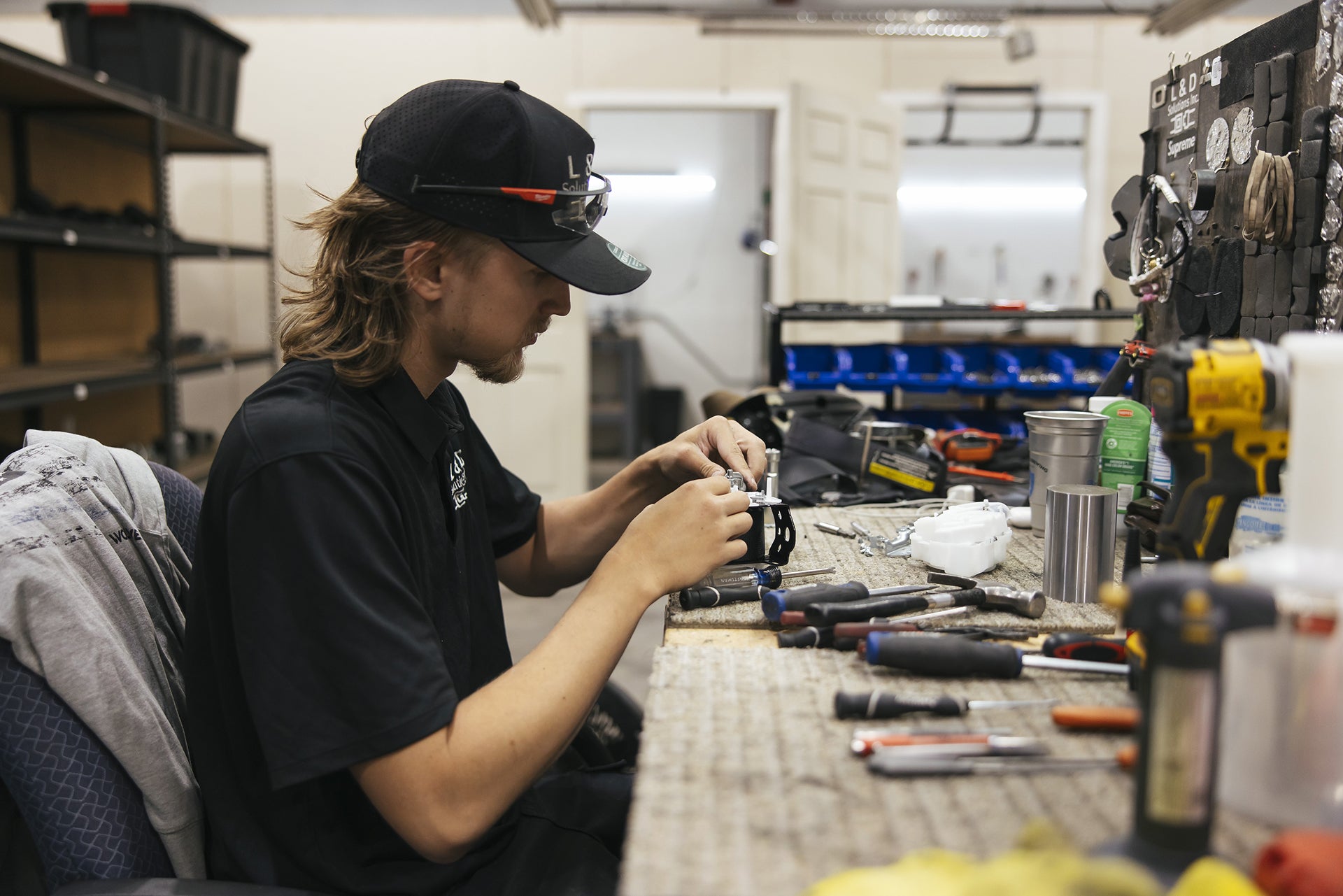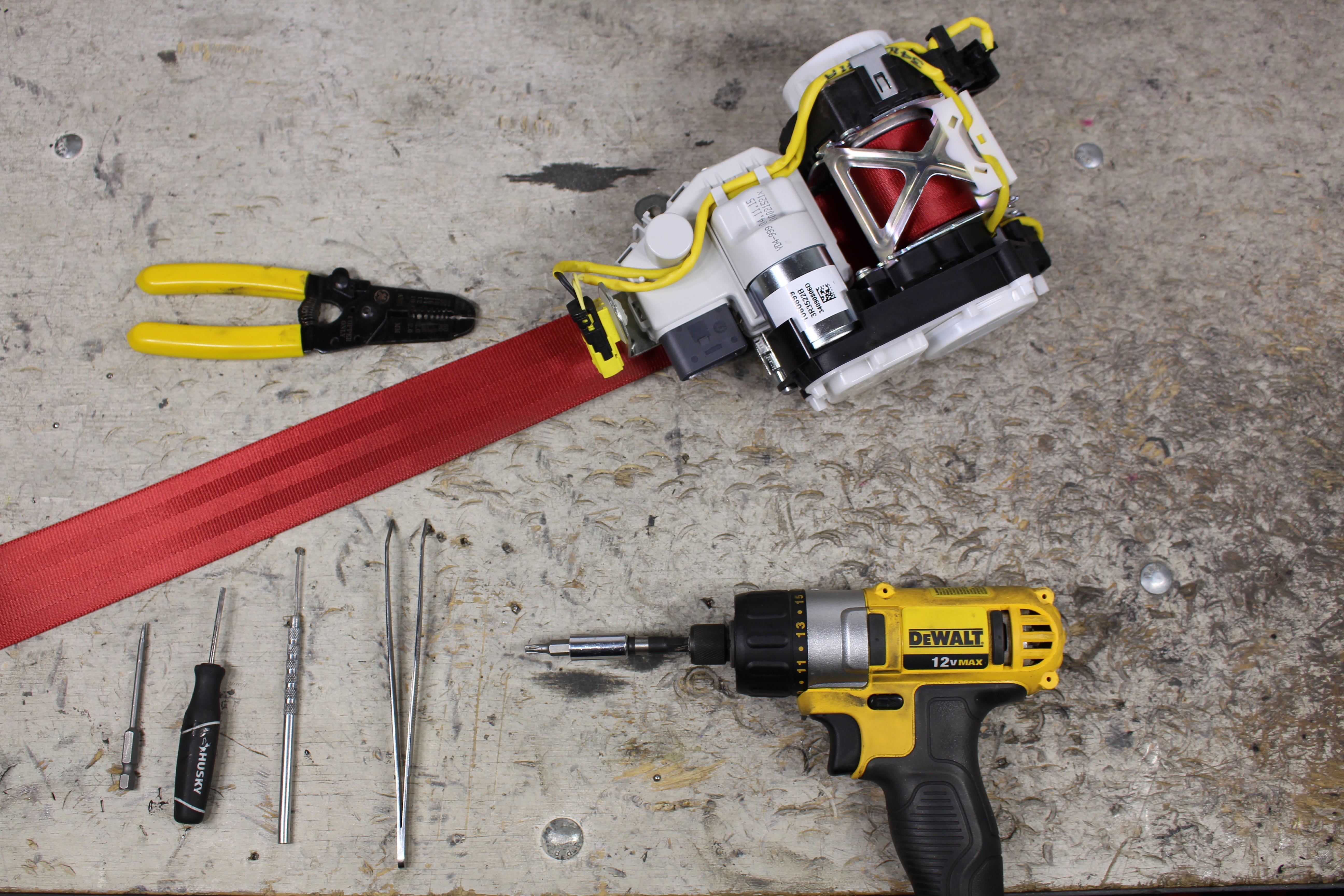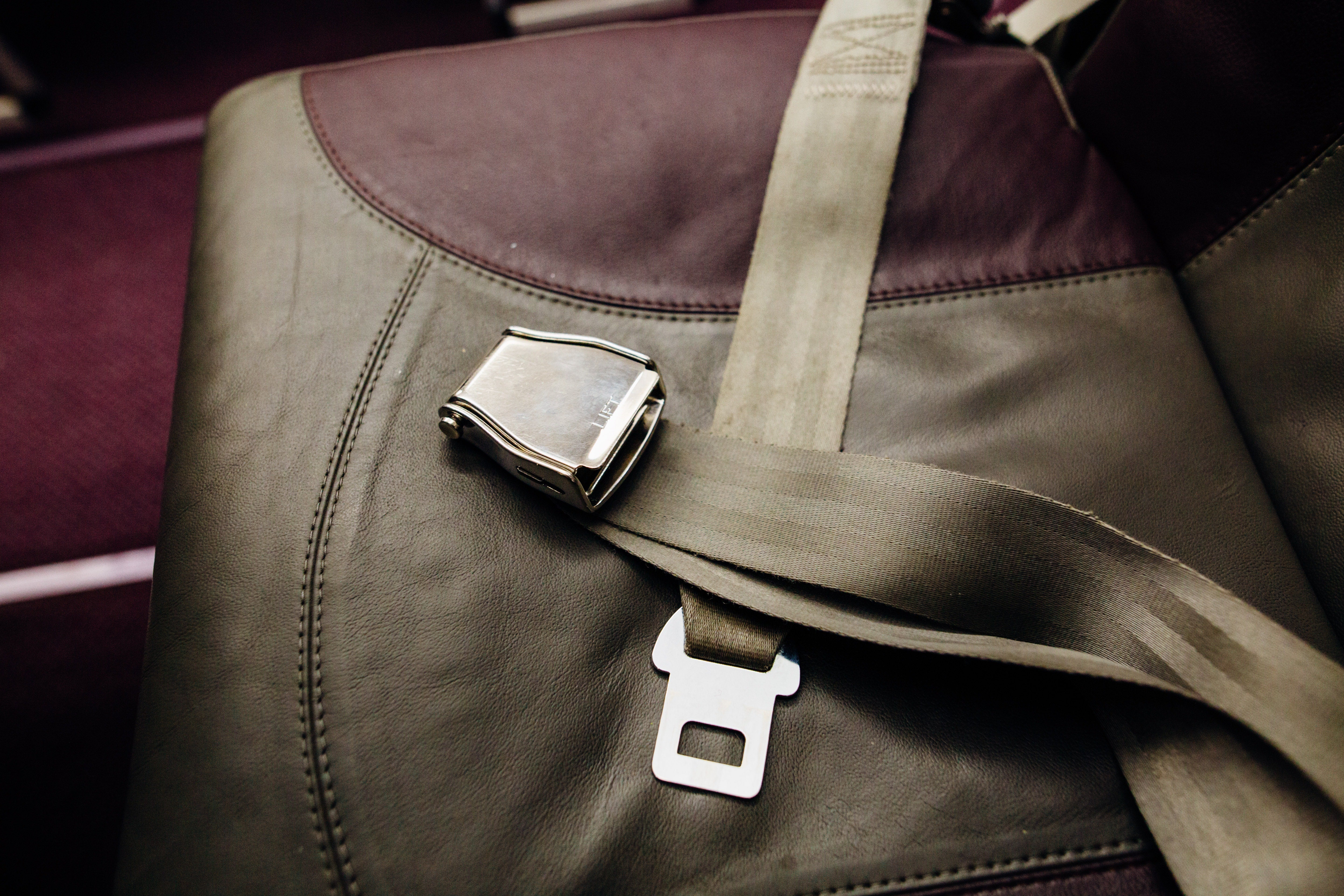Seat belts are one of the fundamental safety features in vehicles, designed to protect passengers during collisions by restraining their movement. However, in the aftermath of an accident, seat belts can sometimes become stuck, making it difficult for occupants to free themselves. Understanding how seat belt mechanisms work is crucial in such scenarios. The seat belt system consists of a retractor, a locking mechanism, and the belt itself. When a vehicle undergoes a sudden change in speed, the locking mechanism engages, preventing the belt from extending further.
Common Reasons for Seat Belt Jamming Post-Accident
There are several factors that can cause a seat belt to jam after an accident. One is the activation of the seat belt's Emergency Locking Retractor (ELR). The ELR is activated by the rapid deceleration of the vehicle during a collision. Additionally, mechanical malfunctions, damage to the retractor mechanism, or debris within the belt housing can also result in a stuck seat belt. It's important to understand these potential issues to address the problem of unlocking the jammed seat belt.
Initial Safety Precautions and Assessments
Before attempting to unlock a stuck seat belt, it's essential to ensure your safety. Check the surroundings to confirm it’s safe to move within the vehicle. If necessary, call for emergency assistance. Assess whether the seat belt is simply tightly wedged against the body or truly stuck. In case of the former, a calm and steady pull without jerking might release it. If you determine that the seat belt is jammed, proceed to the following steps with caution.
How to Unlock a Jammed Seat Belt
Step 1: Stay Calm and Keep the Area Clear
It is important to remain calm to think clearly. Clear any debris or glass from the seat belt mechanism area to prevent further damage or injury.
Step 2: Assess the Jam
Gently pull and release the seat belt a few times to see if this action frees it. Do not pull too hard to avoid damaging the mechanism further.
Step 3: Apply Pressure to the Retractor
Locate the retractor, press down firmly, and pull the seat belt. This can sometimes disengage the lock. Be careful not to use excessive force.
Step 4: Push and Pull Technique
Push the seat belt back into the retractor while simultaneously pulling it out slowly. This can help realign the belt and release any tension preventing the retractor from functioning.
Step 5: Utilize Tools if Necessary
If the belt is still stuck, use a flat screwdriver or a similar tool to gently pry the retractor's casing without damaging any components. Be cautious not to cut or tear the seat belt fabric.
When to Seek Professional Help
If none of the mentioned methods work, or if you are not confident in performing any of these steps, it’s best to seek professional help. Automotive safety systems are intricate and vital for protection, so they should be handled with care. Do not hesitate to call for roadside assistance or take the car to a mechanic or dealership to ensure the system is properly repaired or replaced.
Preventive Measures and Maintenance Tips
To avoid future occurrences of a stuck seat belt, carry out regular maintenance on your vehicle's restraint systems. Check your seat belts periodically for signs of wear or damage and clean them according to the manufacturer’s instructions. Make sure that no objects are lodged in the belt housing. Proper maintenance can prevent most causes of seat belt malfunction.
Being trapped by a stuck seat belt in the stressful moments following an accident can be frightening. It’s essential to understand seat belt mechanisms and have a methodical approach to unlocking them. Remember to prioritize your safety above all else and call for help if needed. Regular maintenance can help avert such problems before they happen, ensuring that seat belts perform their crucial function during an accident.




Leave a comment
This site is protected by hCaptcha and the hCaptcha Privacy Policy and Terms of Service apply.